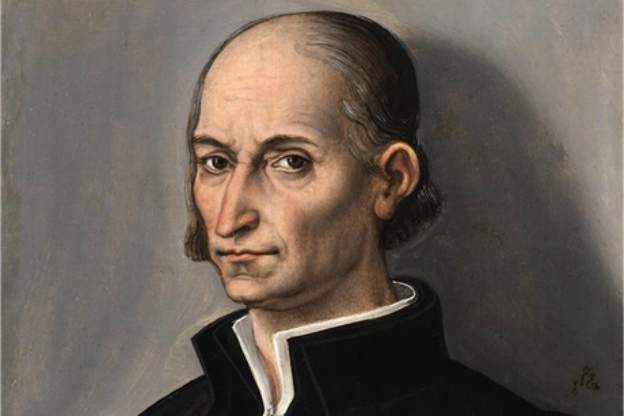
The first half of the sixteenth century saw an upheaval in the religious world, and the year 1529 was no different. In this year, the Flensburg Disputation—a theological debate between Lutherans and the Danish Anabaptist—took place in the German city of Flensburg.
The Edict of Worms, originally decreed in 1521, was re-instated at the Diet of Spayer in 1529, declaring Martin Luther a heretic and calling on any city or state to bring him before Emperor Charles V for prosecution.
In 1529 England, Cardinal Thomas Wolsey had set up a court to decide on the legality of Henry VIII’s marriage to his first wife, Catherine of Aragon. This was one of many events that would lead to a religious reformation in England. Wolsey eventually ruled against Henry’s request for an annulment, and lost his position of Lord Chancellor to Thomas More. Additionally, the English Reformation Parliament would convene for the first time in 1529 and would ultimately pass legislation leading to the English Reformation.
In Italy, Cardinal Pietro Bembo became the historiographer of Venice in 1529. Bembo played an important role in the development of Italian as a literary language, and he did so, in part, by reviving the sonnets of the 14th century poet Petrarch. Many madrigals composed in the sixteenth century used Petrarch’s words.
French composer and priest Clement Janequin found himself unemployed in 1529 after the death of his patron Jean de Foix, the Bishop of Bordeaux. Janequin later found work in Angers, where his brother also lived. Janequin went on to achieve incredible popularity during his lifetime, and is well known for his influence in the development of the Parisian chanson.









